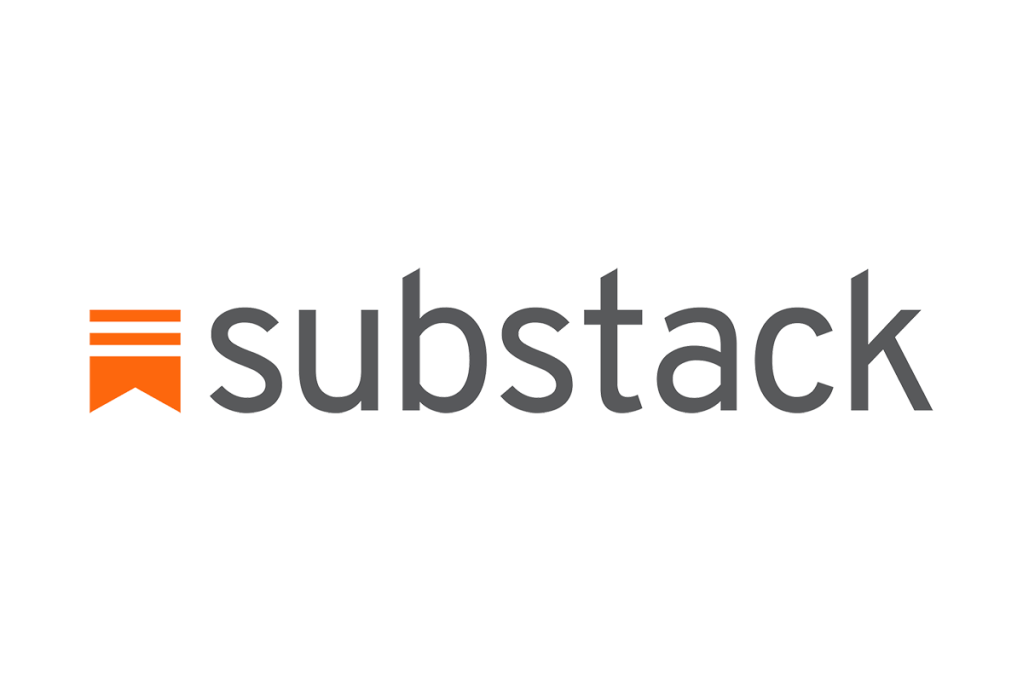When I first began thinking about restarting my email newsletter, Prufrock, after a nine-month break (during which I cycled the Blue Ridge Parkway twice, slept until six every morning, and read novels), one option I considered was Substack. I started Prufrock in 2013 when there were very few newsletters, especially on the right. It was basically Ben Domenech’s The Transom, Michael Brendan Dougherty’s The Slurve, and Prufrock.
Sometime around 2016, everyone had a newsletter. Then came Substack in 2017, which grabbed people’s attention in 2019 when Jonah Goldberg and Stephen Hayes agreed to run their new publication, the Dispatch, exclusively on the platform. As the space for the free exchange of ideas has contracted at legacy publications and social platforms, writers — particularly but not exclusively conservative ones — have flocked to Substack, as Steven Malagna writes in the latest issue City Journal.
The Atlantic launched a new newsletter initiative earlier this month with nine writers, and as Jack Shafer writes at Politico, “The Atlantic announcement matches similar expansion at other journalistic outposts. The New York Times (John McWhorter; Tom Morello) has added to its stable of newsletter writers. The congressional newsletter Punchbowl, launched less than a year ago, is a success… Even Facebook (Malcolm Gladwell; Erin Andrews) and Twitter have entered the field.” In short, we haven’t reached peak newsletter yet, as Shafer writes, and I don’t think we’ve reached peak Substack either.
There are lots of things to like about Substack. It has promised to respect free speech, and its payment structure is attractive — the company takes 10 percent of subscription revenue (writers are responsible for transaction fees). I have friends and acquaintances — Rod Dreher, Bari Weiss — who have done well on the platform. It has a simple but effective design. Matt Labash is on Substack.
So why not bring the old email list over to Substack (which I did) and launch a new paid email newsletter on the platform with seemingly limitless possibilities (which I didn’t)?
One reason can be found in that phrase “limitless possibilities.” One of those possibilities was failure. Everyone knows the Substack successes, but no one knows the failures — the thousands of writers, talented writers even — who have started a paid email newsletter with dreams of independence and wealth only to discover that talent isn’t always rewarded with independence or wealth. This isn’t encouraging news for an industrious but not particularly original writer like myself.
Then there is the fact that middle- and highbrow books coverage has always been a niche interest, and even more so in our Philistine times. But a conservative approach to books and arts (whatever that means) is even niche-er (that’s French for more niche). Of course, maybe times are changing. Some people on the left are just as sick of the politicization of literary discourse as many on the right. Reading literature exclusively through the lens of power and oppression is silly and incredibly dull. Maybe.
But this is where being a part of a larger publication committed to books coverage is helpful. What I think people most enjoy about books coverage — I am just extrapolating from my own experience — is variety. But I can only write so many reviews on my own, and while links to other reviews are great, of course, there have to be available, worthwhile ones to link. Someone needs to commission and publish them. That’s why a magazine like The Spectator, which is committed to expanding its cultural coverage, is important. Newsletters like Prufrock play a role (hopefully) in making literary discourse more interesting, but we need more than newsletters.
Then, of course, there is the importance of free stuff. One reason I started Prufrock — the only reason at the beginning — was because I found there were lots of interesting things being published that no one was talking about or even seemed to be aware of. The cultural conversation happening at the New Yorker, the Paris Review, the New York Review of Books and the New York Times had become, already then, entirely predictable — the same topics, approached in the same way, with the same tone. Of course, there were — and are — exceptions, but who would possibly take the time to find them, buried as they were under a heap of claptrap? Going to paid model meant losing 90 percent of subscribers and 50 percent of the reason for writing the email.
I might say something about how the free speech angle of Substack is great now but that any online platform is always going to be less of a bulwark against suppression because of the ease and rapidity that stuff online can be deleted, but that’s a topic for another column.


















